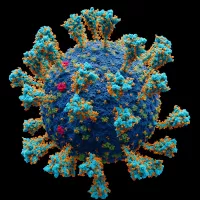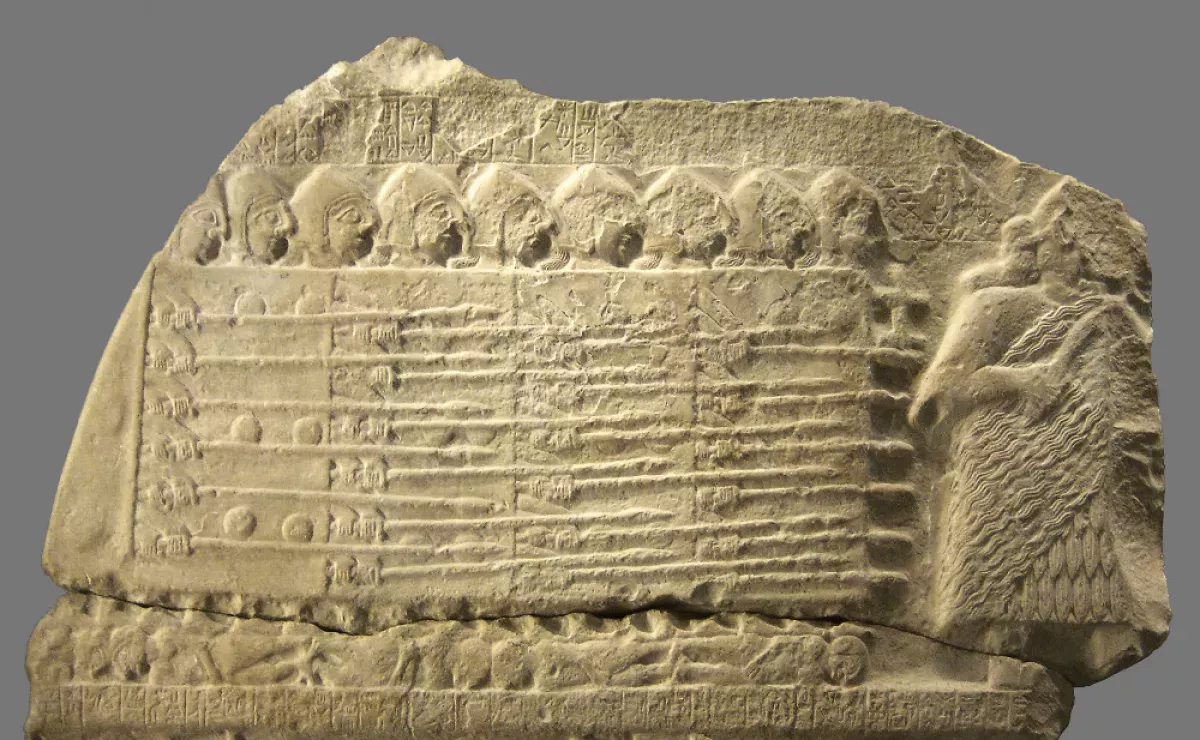War is defined as an armed conflict involving the organized armed forces of states, governmental forces against organized armed groups capable of sustained military operations, or conflicts between such organized groups. It involves violence and is typically driven by political, economic, or ideological factors. Wars have shaped history, causing significant human suffering, territorial changes, and societal transformations. Understanding the nature and causes of war is crucial for promoting peace and conflict resolution.
1900: Estimates of war deaths until 1900
Estimates of the percentage of population killed by wars until 1900 include 1% by Azar Gat and Ian Morris, and 3% in Europe and "slightly higher" elsewhere from 1400 to 1900 by Morris.
1914: Typhus deaths until 1914
From 1500 to 1914, more military personnel were killed by typhus than by military action.
1917: Impact of World War I on Russian Economy in 1917
In 1917, Russia's involvement in World War I took such a toll on the Russian economy that it almost collapsed and greatly contributed to the start of the Russian Revolution.
1939: Start of World War II in 1939
World War II, the deadliest war in history in terms of cumulative deaths since its start, started in 1939 and lasted until 1945.
1940: War spending in 1940
World War II was the most financially costly conflict in history; its belligerents cumulatively spent about a trillion U.S. dollars on the war effort (as adjusted to 1940 prices).
1941: German Actions in Byelorussian SSR in 1941
In 1941, of the nine million people in the Byelorussian SSR, some 1.6 million were killed by the Germans in actions away from battlefields, including about 700,000 prisoners of war, 500,000 Jews, and 320,000 people counted as partisans.
1942: Mental health impact on American soldiers in 1942
Between 1942 and 1945, one-tenth of mobilised American men were hospitalised for mental disturbances.
1945: Mental health impact on American soldiers by 1945
By 1945, 10% of mobilized American men were hospitalized for mental disturbances and after 35 days of uninterrupted combat, 98% manifested psychiatric disturbances.
1945: Increase in civil wars since 1945
Since 1945, civil wars have increased. Combat has largely been a matter of civil wars and insurgencies, with major exceptions including the Korean War, the Indo-Pakistani War of 1971, the Iran-Iraq War, the Gulf War, the Eritrean-Ethiopian War, and the Russo-Ukrainian War.
1945: Decline in traditional warfare after 1945
Since 1945, great power wars, interstate wars, territorial conquests, and war declarations have declined. International humanitarian law increasingly regulates wars, with reduced battle deaths and casualties due to advances in military medicine, despite weapon advancements. No battles have taken place in Western Europe since 1945.
1945: End of World War II in 1945
World War II, the deadliest war in history in terms of cumulative deaths since its start, ended in 1945, with 70-85 million deaths.
1971: Indo-Pakistani War in 1971
In 1971, the Indo-Pakistani War was one of the major exceptions to the trend of combat being largely civil wars and insurgencies since 1945.
1985: War deaths between 1985 and 1994
Between 1985 and 1994, an estimated 378,000 people per year died due to war.
1990: War deaths in 1990
In 1990, war resulted in 72,000 deaths.
1991: Estimates of war deaths until 1991
For the period 3000 BCE until 1991, estimates of deaths due to war range from 151 million to several billion. William Eckhardt calculated the lowest estimate of 151 million, while later researches shifted to general estimations of percentage of population killed by wars.
1992: Tilly's "War Made the State" Argument
In 1992, Charles Tilly argued that war made the state, and the state made war, indicating that wars have led to the creation of states, which in turn perpetuate war. This theory is dominant in state formation literature.
1994: War deaths between 1985 and 1994
Between 1985 and 1994, an estimated 378,000 people per year died due to war.
1994: Rwandan genocide in 1994 and youth bulge
The 1994 Rwandan genocide has been analyzed as following a massive youth bulge.
2013: War deaths in 2013
In 2013, war resulted in 31,000 deaths, a decrease from 72,000 deaths in 1990.
Mentioned in this timeline

Coronaviruses are a family of RNA viruses affecting mammals and...
Russia officially the Russian Federation is a transcontinental country spanning...
Trending
Byrum Brown is an American college football quarterback currently playing for the South Florida Bulls His primary role is as...

Barry Manilow is a celebrated American singer-songwriter whose career has thrived for six decades He is renowned for his hit...

2 months ago Rahm Emanuel Considers 2028 Presidential Bid, Citing Record and Republican Trust.
1 month ago Fidelity & Schwab Crackdown: Credential Sharing Concerns and Security Measures Implemented.

Robert Patrick Petrino is a well-known figure in American college football coaching He currently serves as the offensive coordinator and...

1 month ago Benny Safdie as Bowser Jr. in Super Mario Galaxy Movie Trailer
Popular

Candace Owens is an American conservative political commentator and author...

Tucker Carlson is an American conservative political commentator known for...

XXXTentacion born Jahseh Dwayne Ricardo Onfroy was a controversial yet...

Ben Shapiro is a prominent American conservative political commentator media...

William Franklin Graham III commonly known as Franklin Graham is...

Bill Gates an American businessman and philanthropist revolutionized personal computing...
